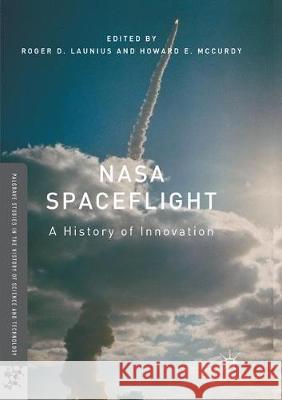NASA Spaceflight: A History of Innovation » książka
topmenu
NASA Spaceflight: A History of Innovation
ISBN-13: 9783319867816 / Angielski / Miękka / 2018 / 402 str.
Kategorie:
Kategorie BISAC:
Wydawca:
Palgrave MacMillan
Seria wydawnicza:
Język:
Angielski
ISBN-13:
9783319867816
Rok wydania:
2018
Wydanie:
Softcover Repri
Ilość stron:
402
Waga:
0.50 kg
Wymiary:
20.83 x 19.56 x 2.03
Oprawa:
Miękka
Wolumenów:
01











